Our Services
At the Mount Sinai Department of Neurology, we focus on the advanced diagnostics, prevention, and treatment of conditions and diseases. Our comprehensive, patient-focused care is internationally known and recognized. People from around the world visit our Neurology Department. Here are some of our nationally and internationally recognized programs:
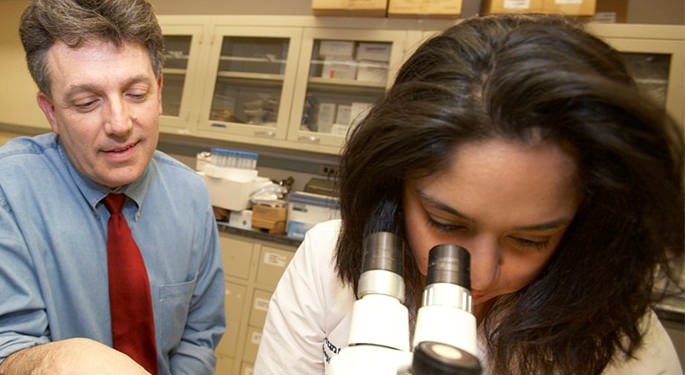
Cognition and Behavior
Our cognitive and behavioral specialists provide interdisciplinary care for people with cognitive and behavioral concerns, including Alzheimer's & other dementias Learn More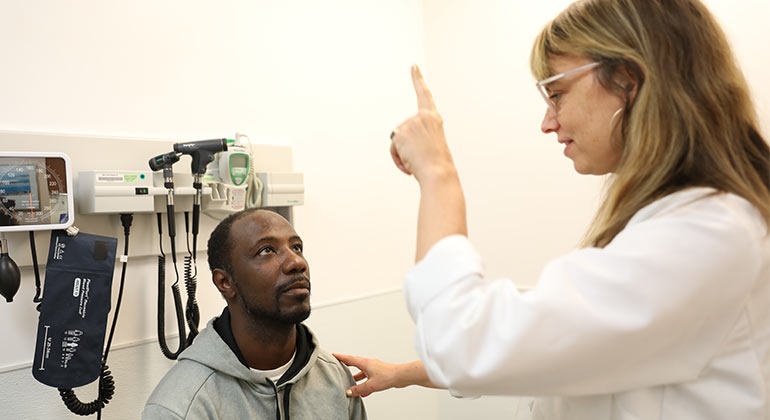
The Epilepsy Center
Providing expert care for children and adults with epilepsy and related disorders Learn More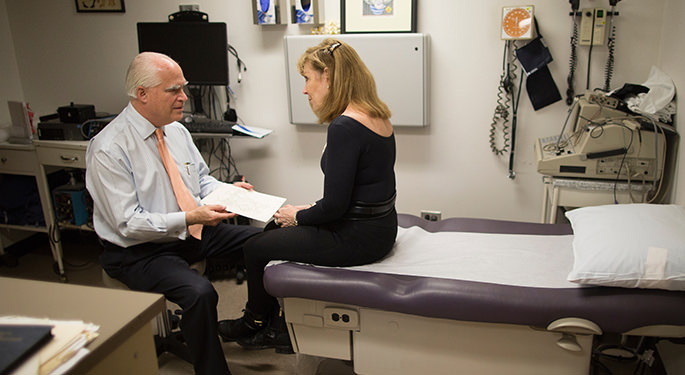
General Neurology
Our neurologists have extensive experience in diagnosing and managing neurological disorders Learn More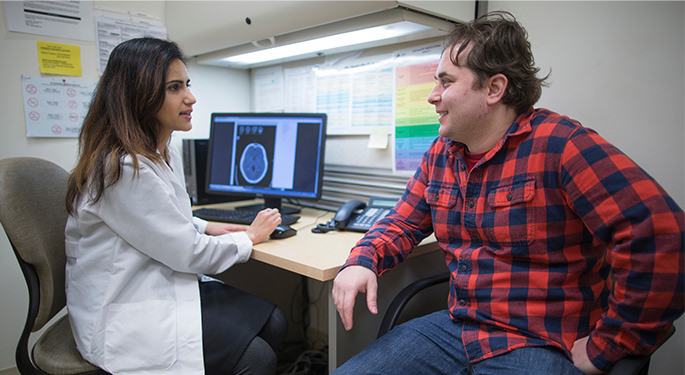
Headache and Facial Pain
Diagnosis and treatment of acute and chronic headaches and facial pain Learn More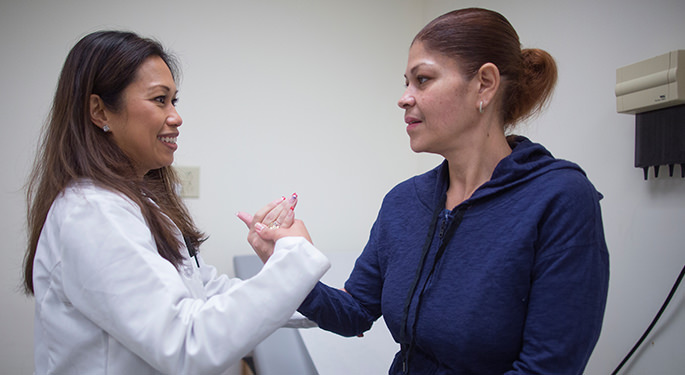
Movement Disorders
Providing expert diagnosis and management of Parkinson’s disease and other movement disorders in adults and children Learn More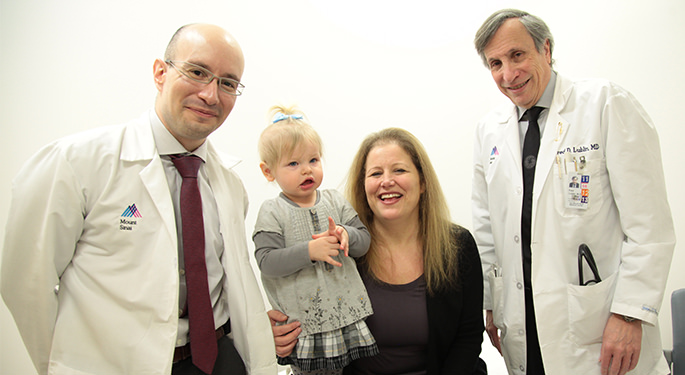
Multiple Sclerosis and Neuroinflammatory Disorders
Diagnosing and treating multiple sclerosis and related disorders Learn More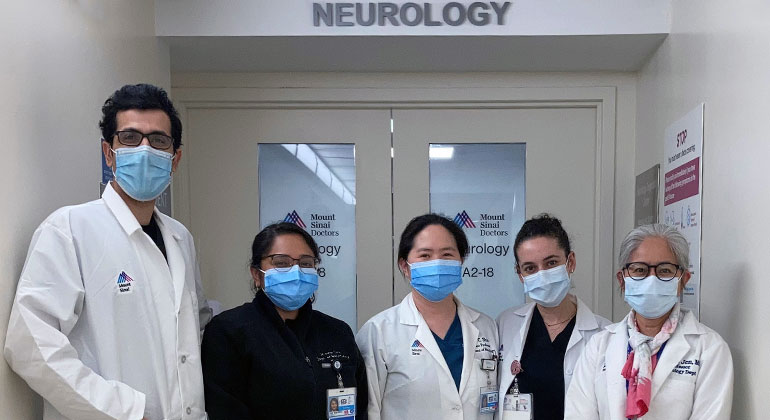
Neurogenetics
A division dedicated to the diagnosis and treatment of patients with neurological manifestations from rare genetic diseases. Learn More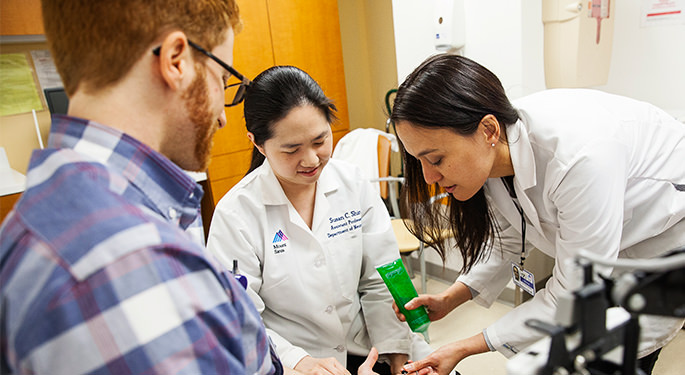
Neuromuscular Disease
Diseases that affect the peripheral nervous system are treated here Learn More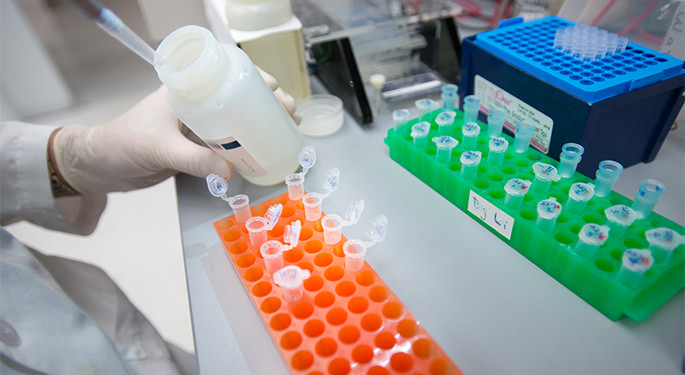
Neuro-Infectious Diseases
Treating the neurological infections that impact areas of the brain Learn More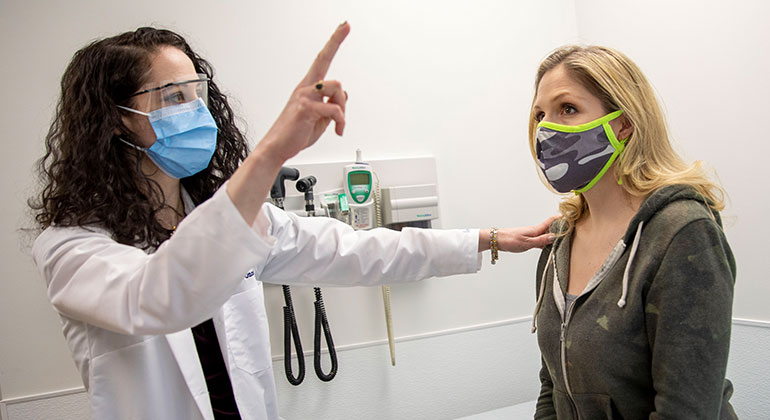
Neuro-Oncology
Offering a comprehensive approach to the treatment of patients with brain tumors, spinal cord tumors, and more Learn More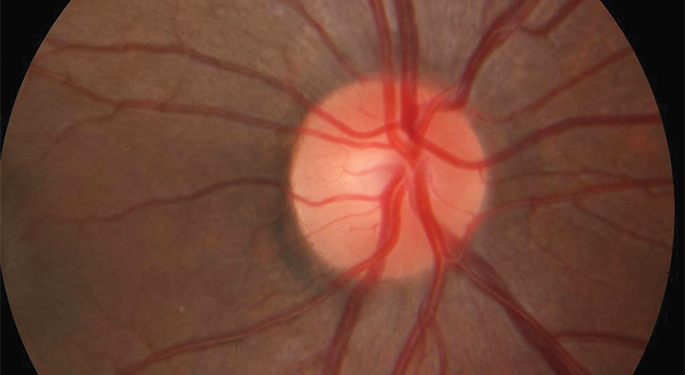
Neuro-Ophthalmology
Specializing in evaluating, diagnosing, and treating visual problems related to the nervous system Learn More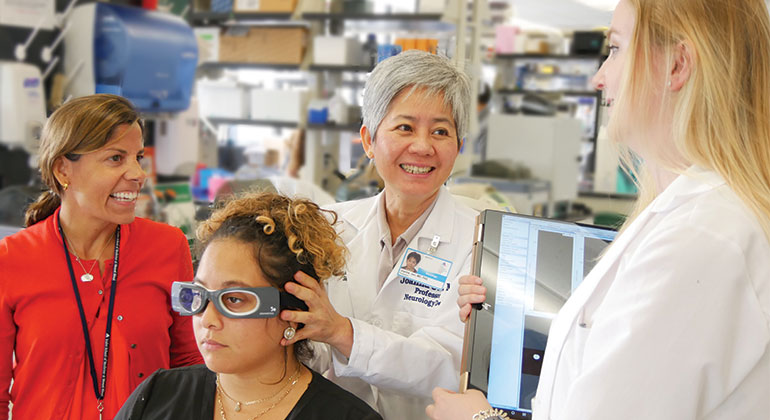
Neuro-Otology and Vestibular Neurology
Providing cutting-edge treatment for patients with balance problems and dizziness Learn More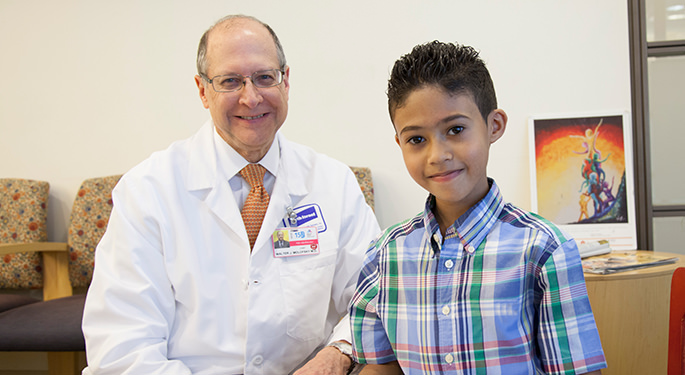
Pediatric Neurology
Combining compassionate care with expertise to provide the best in pediatric neurology Learn More